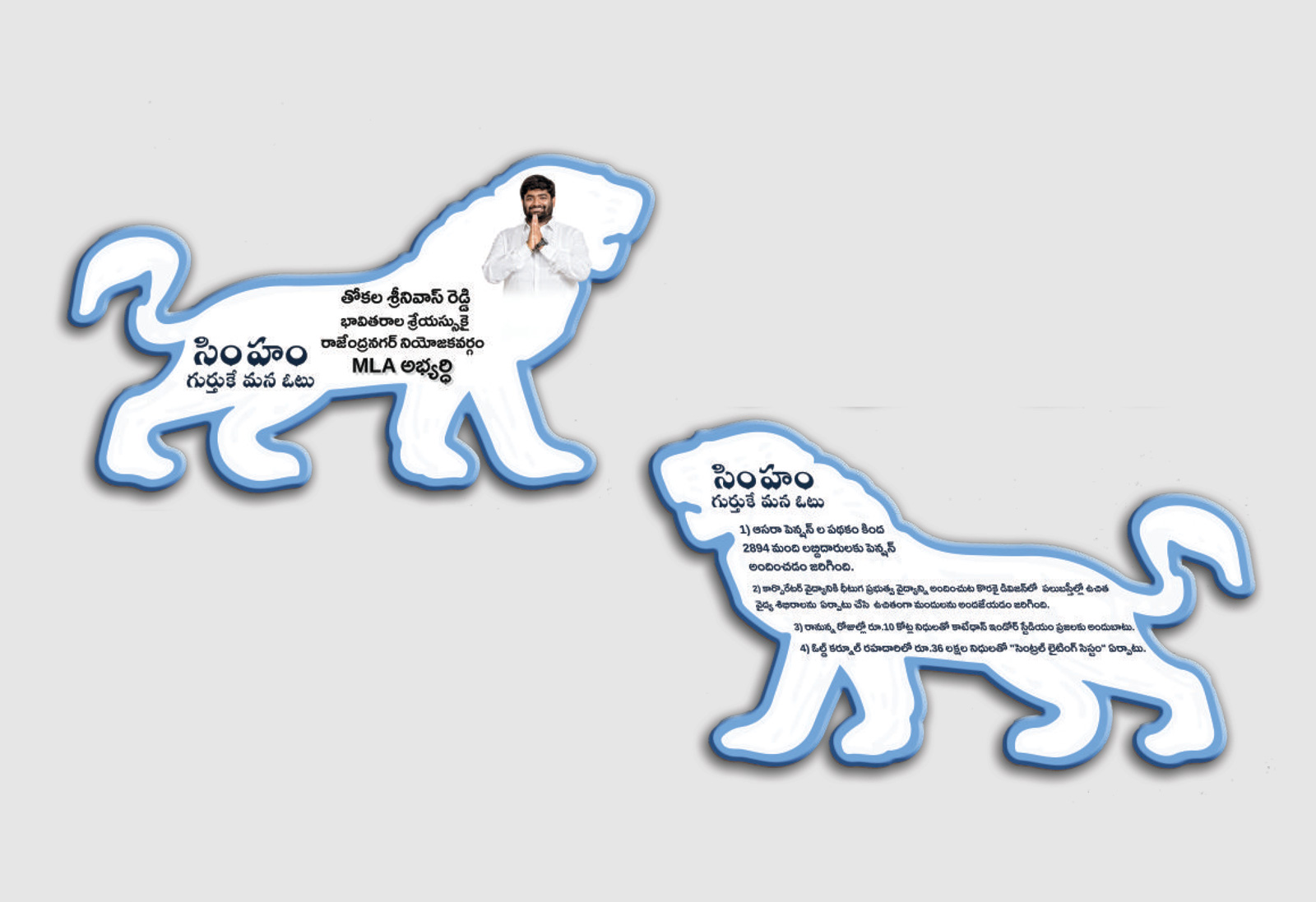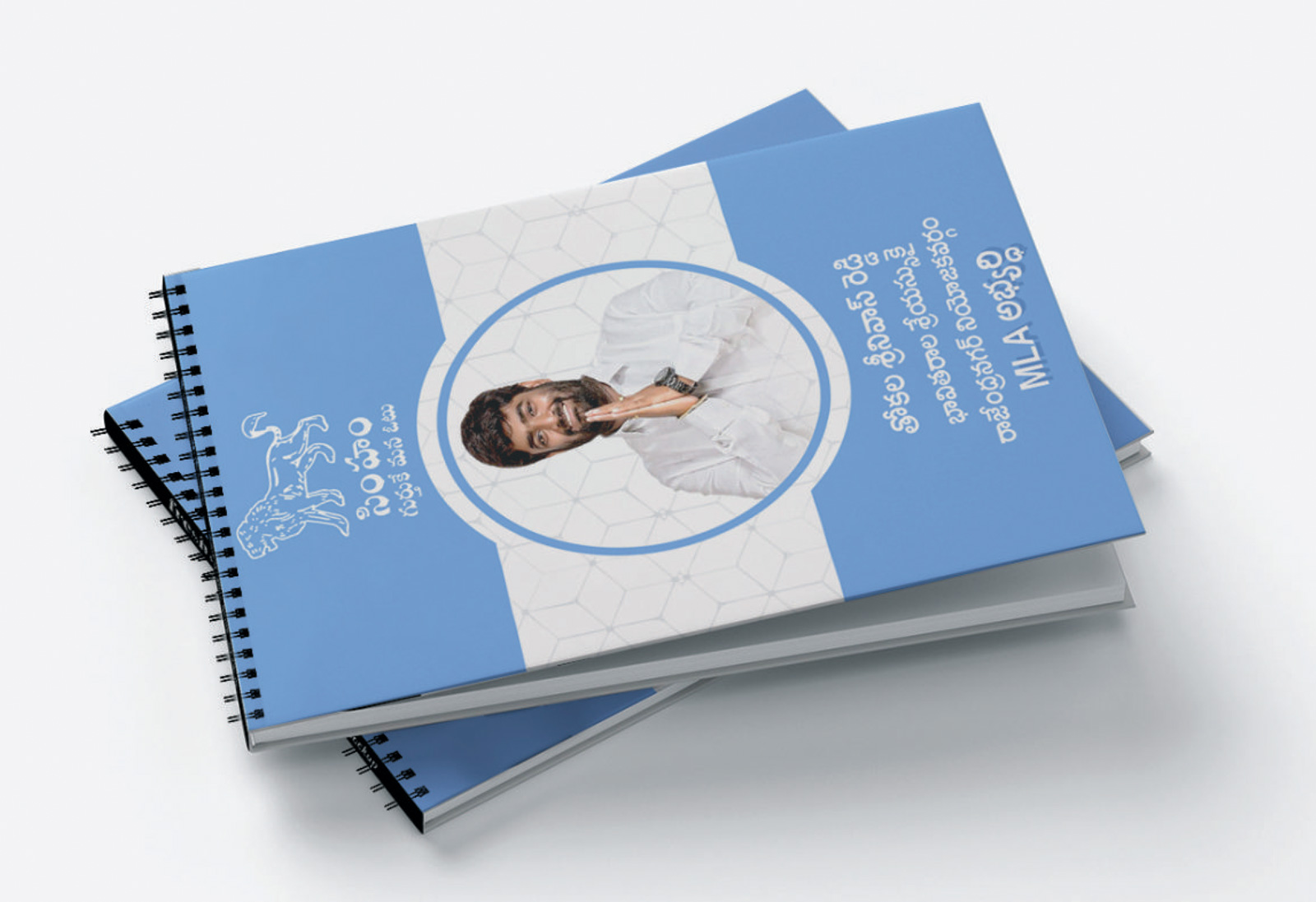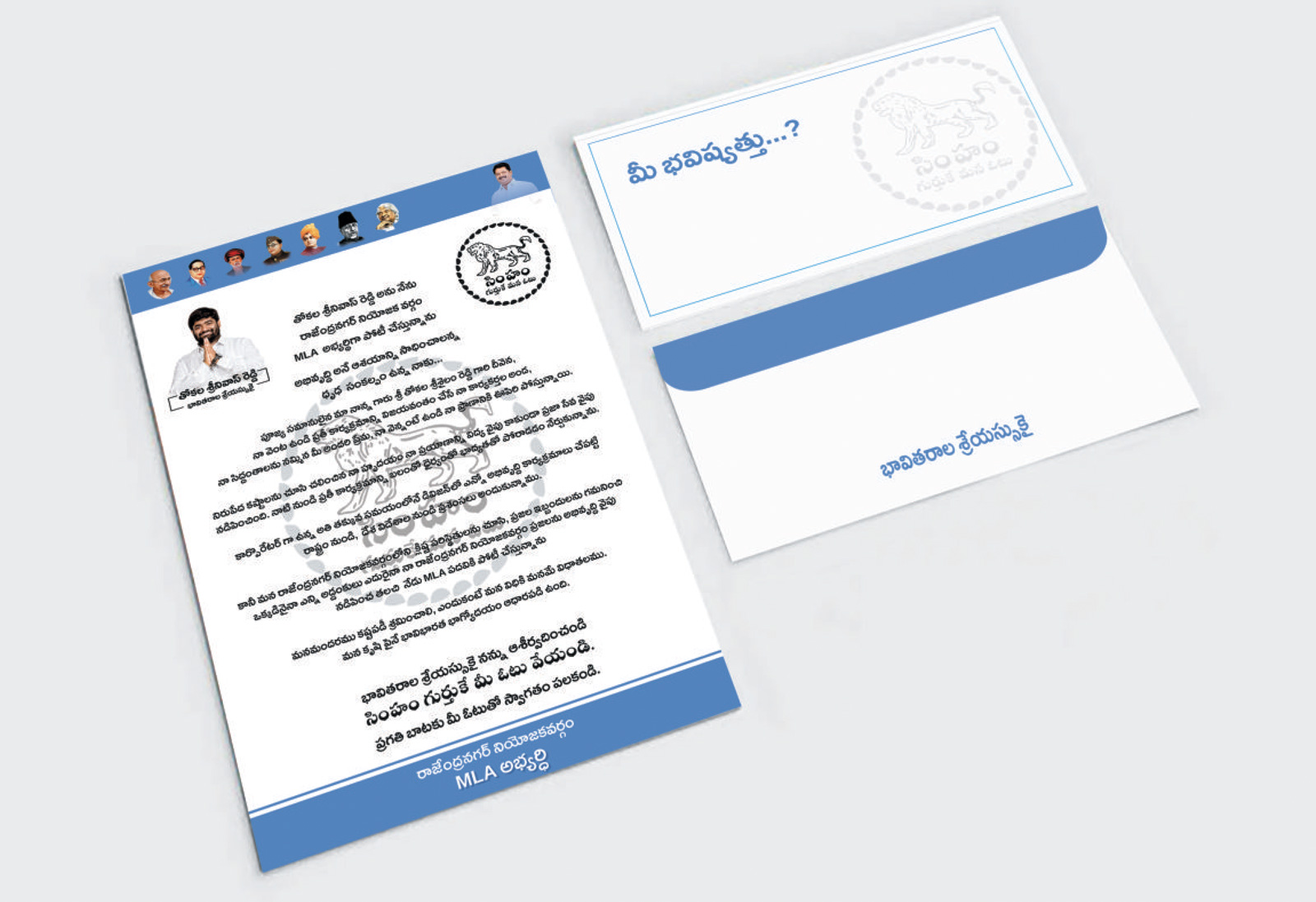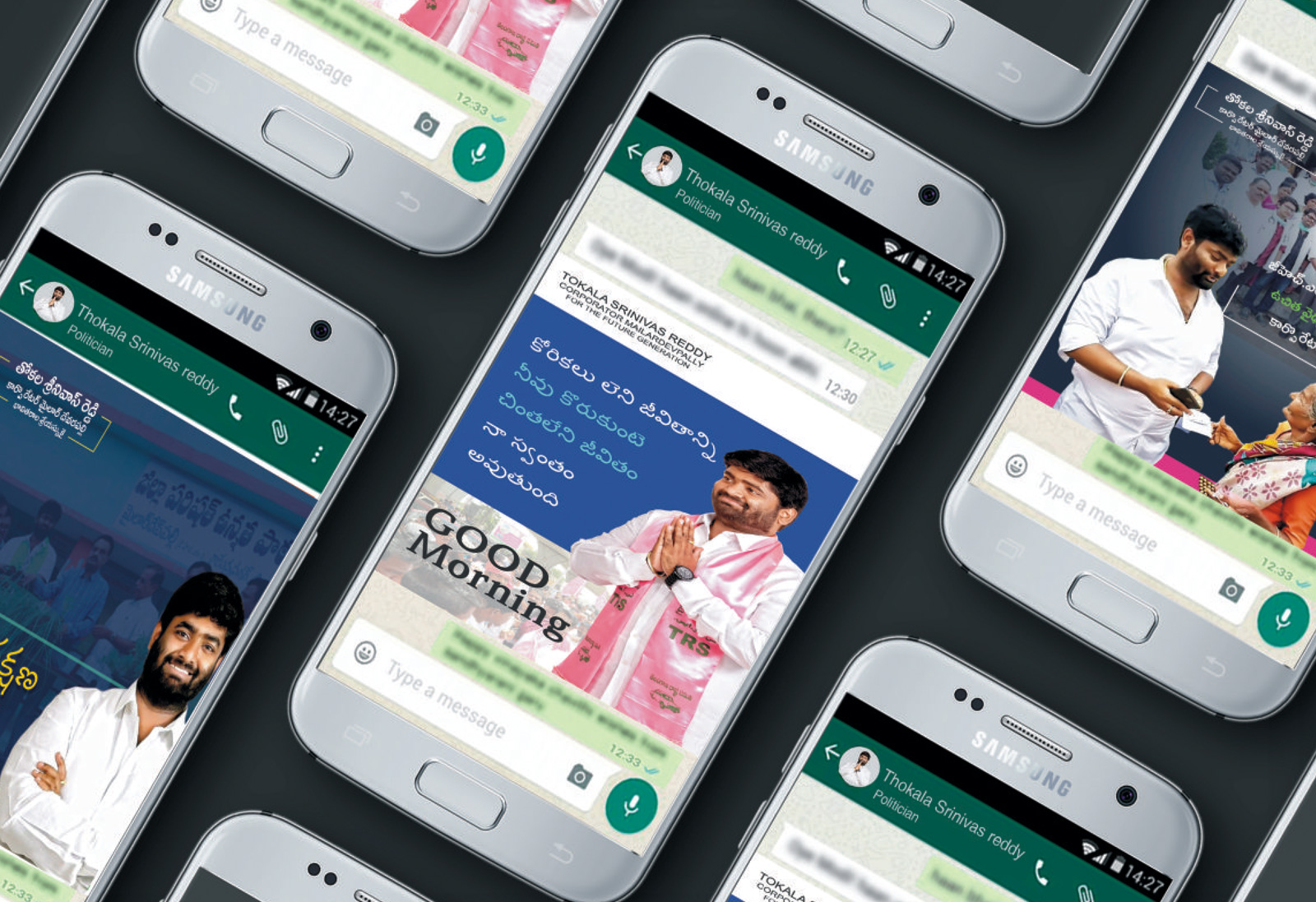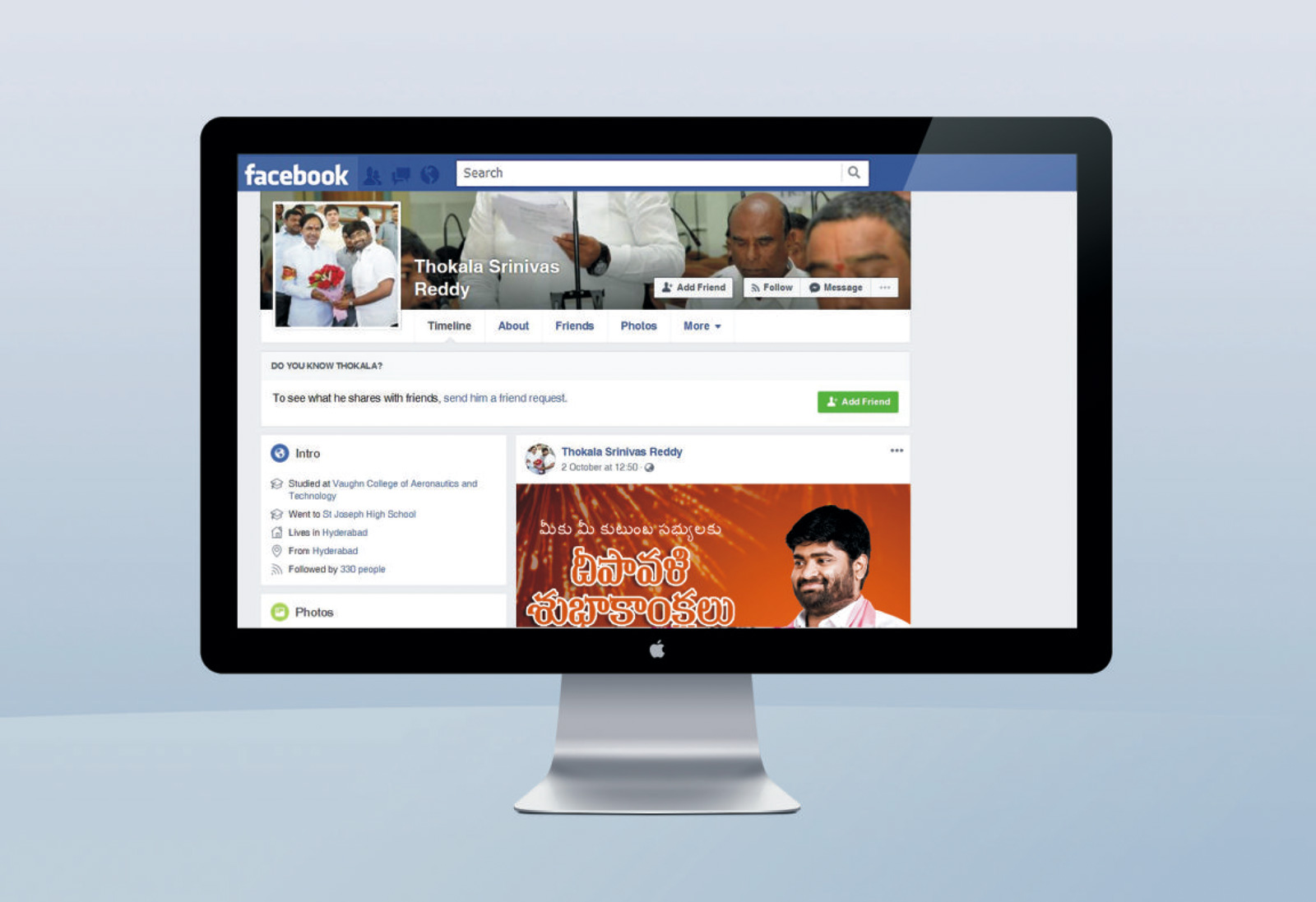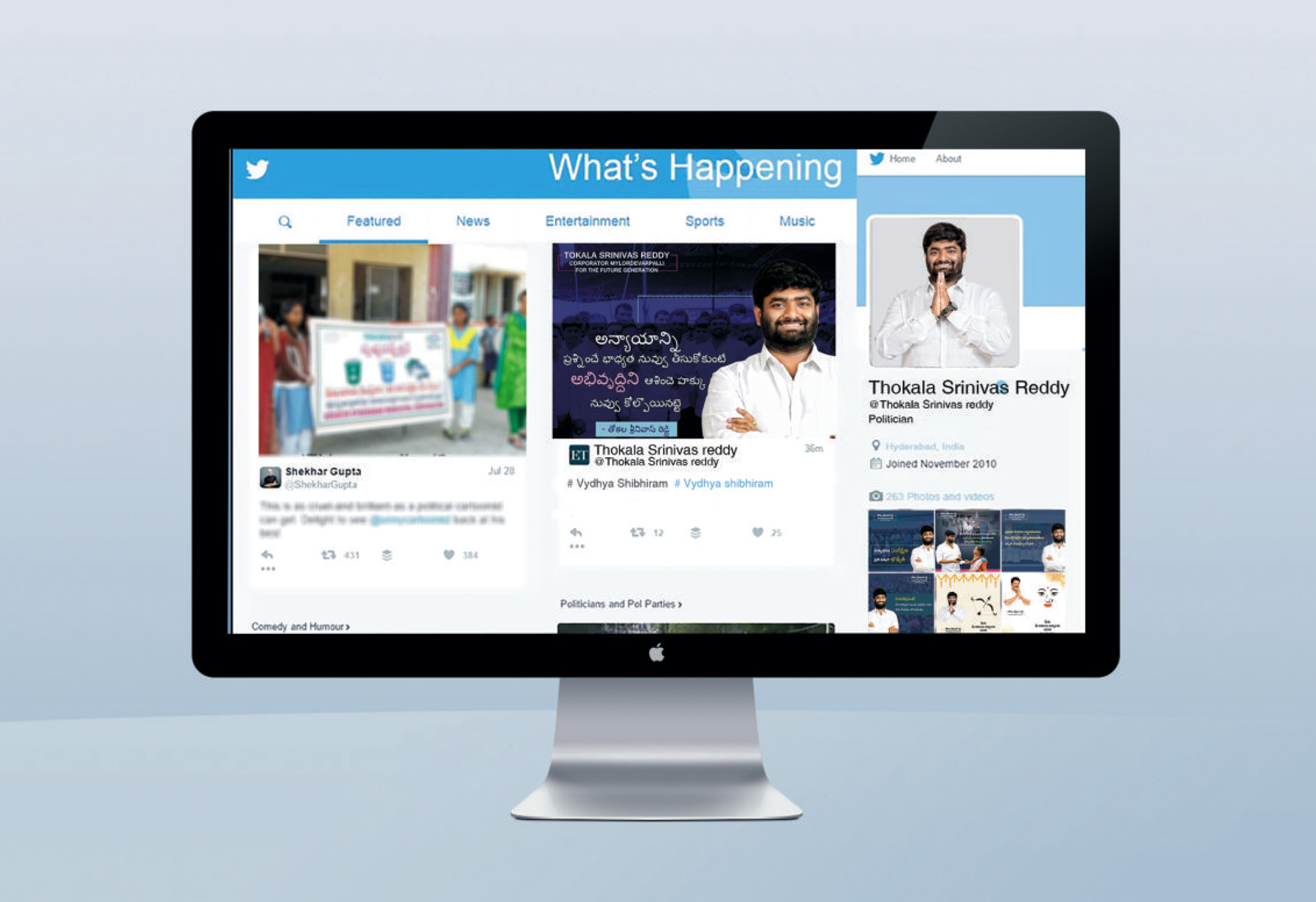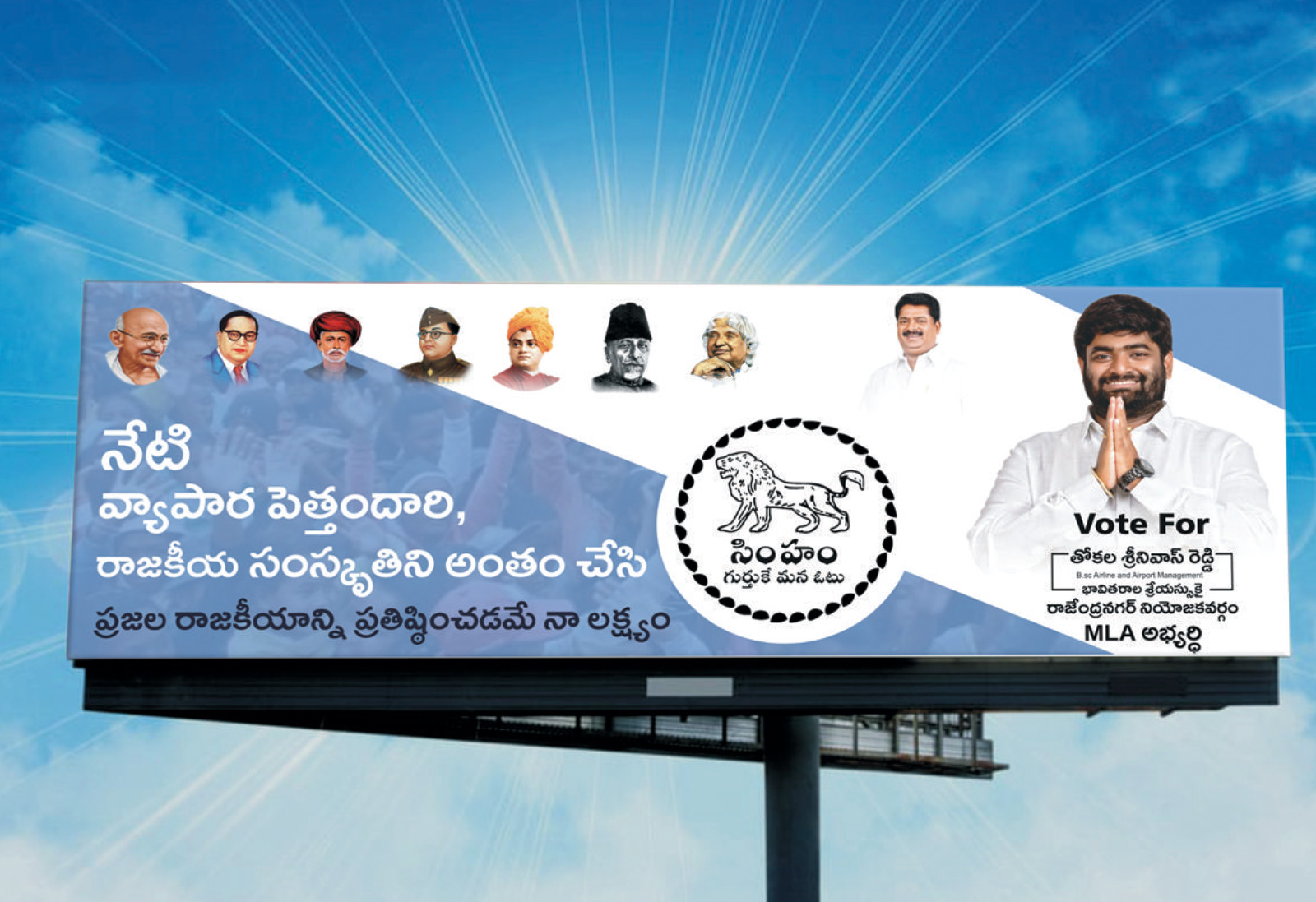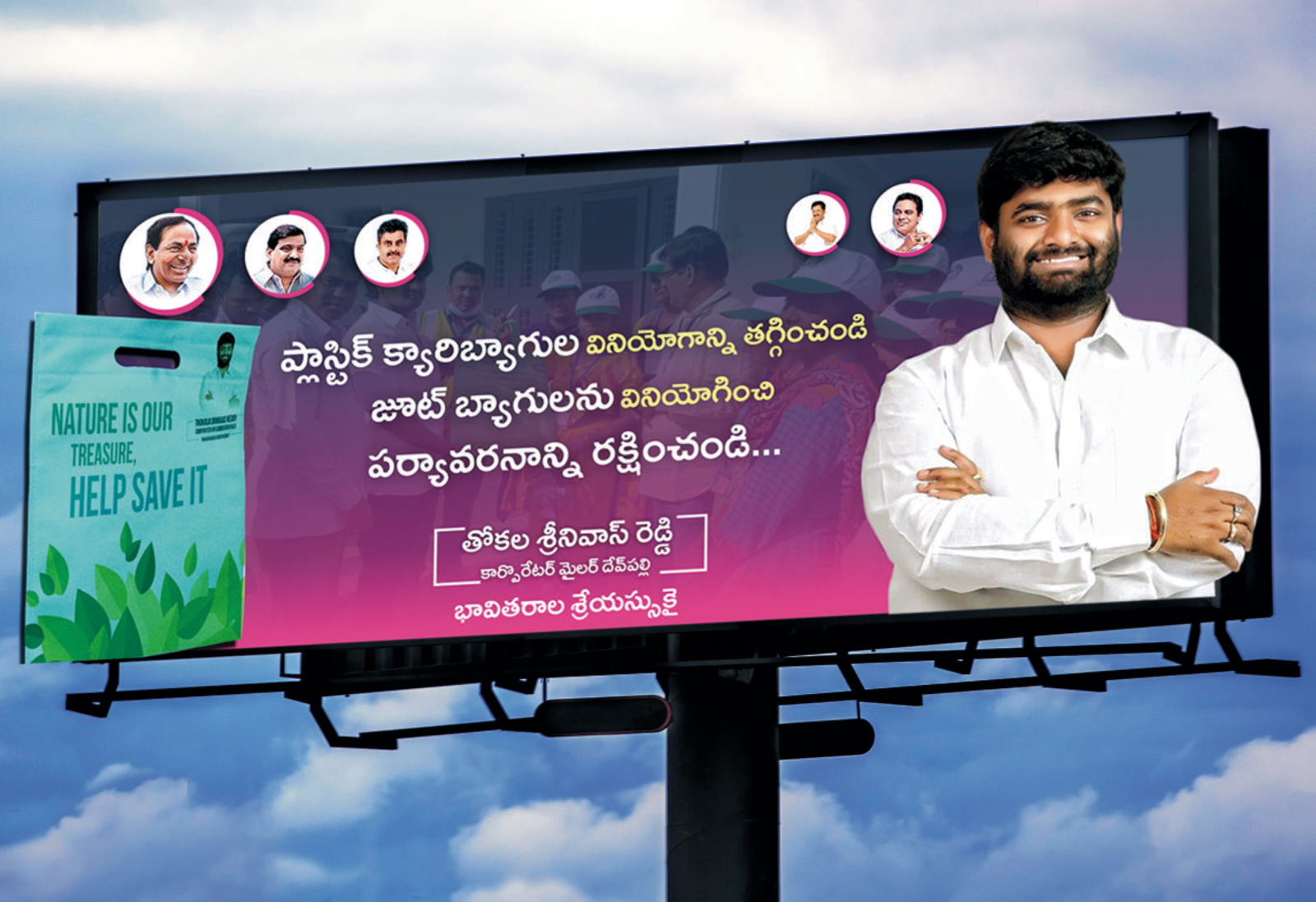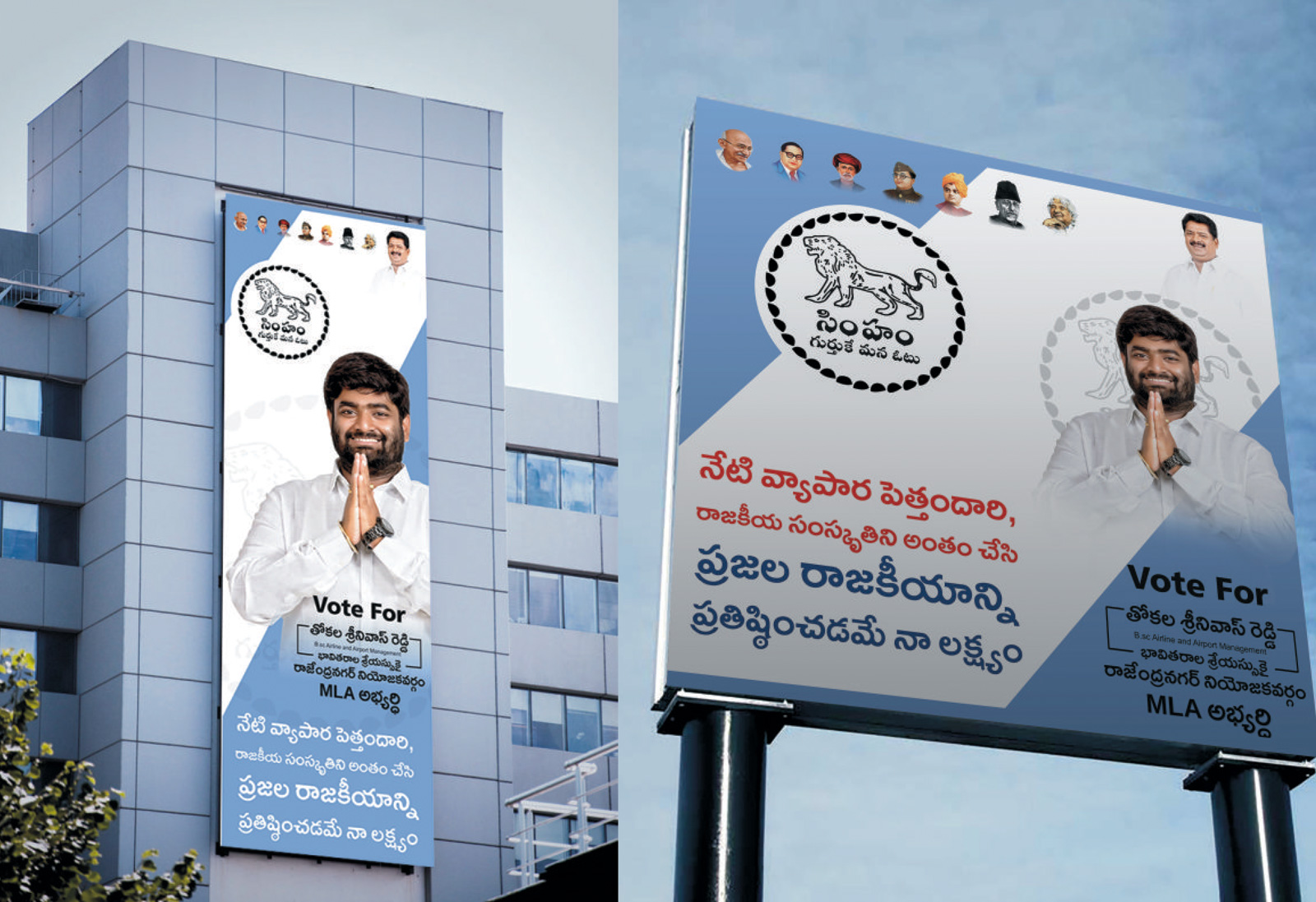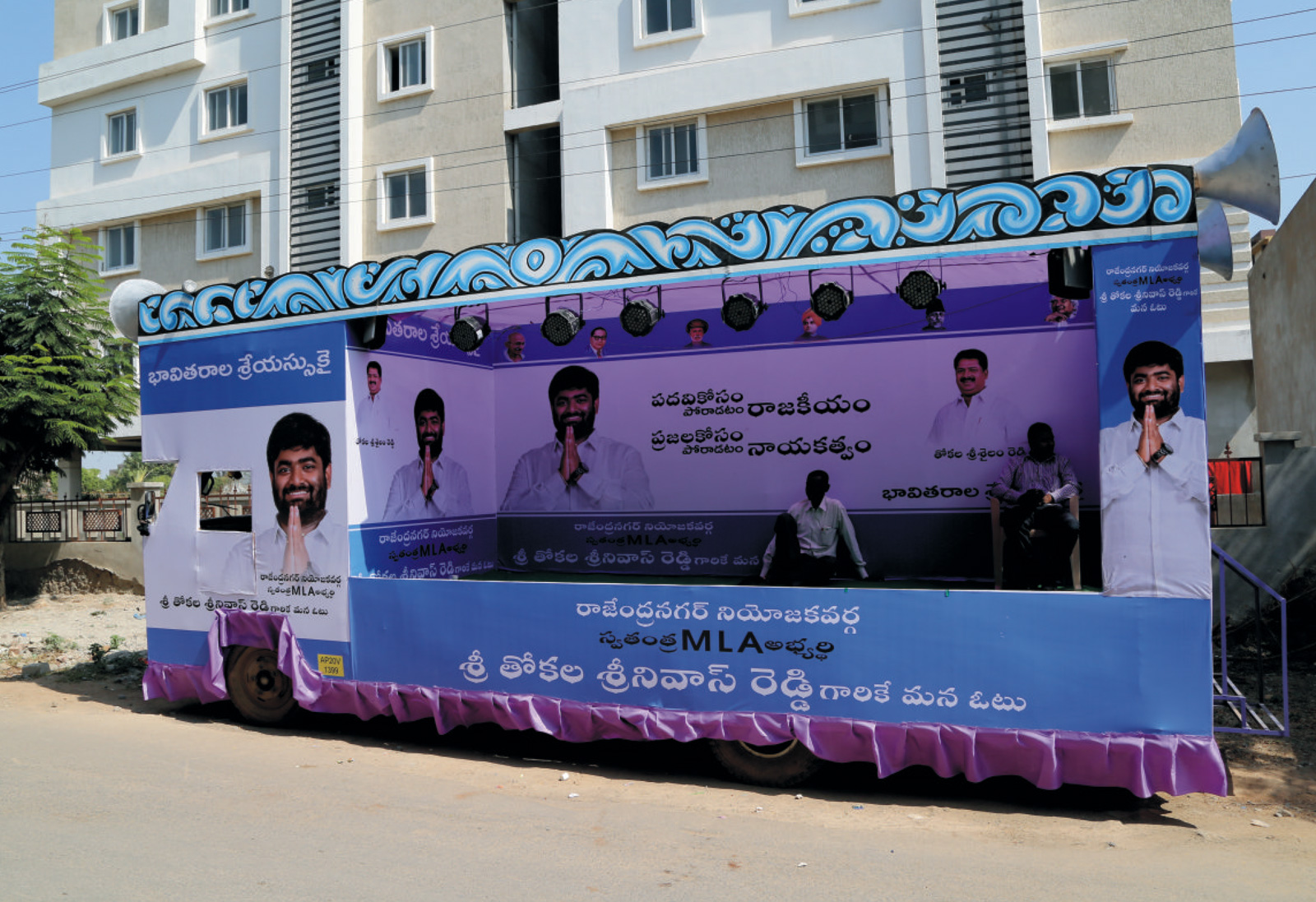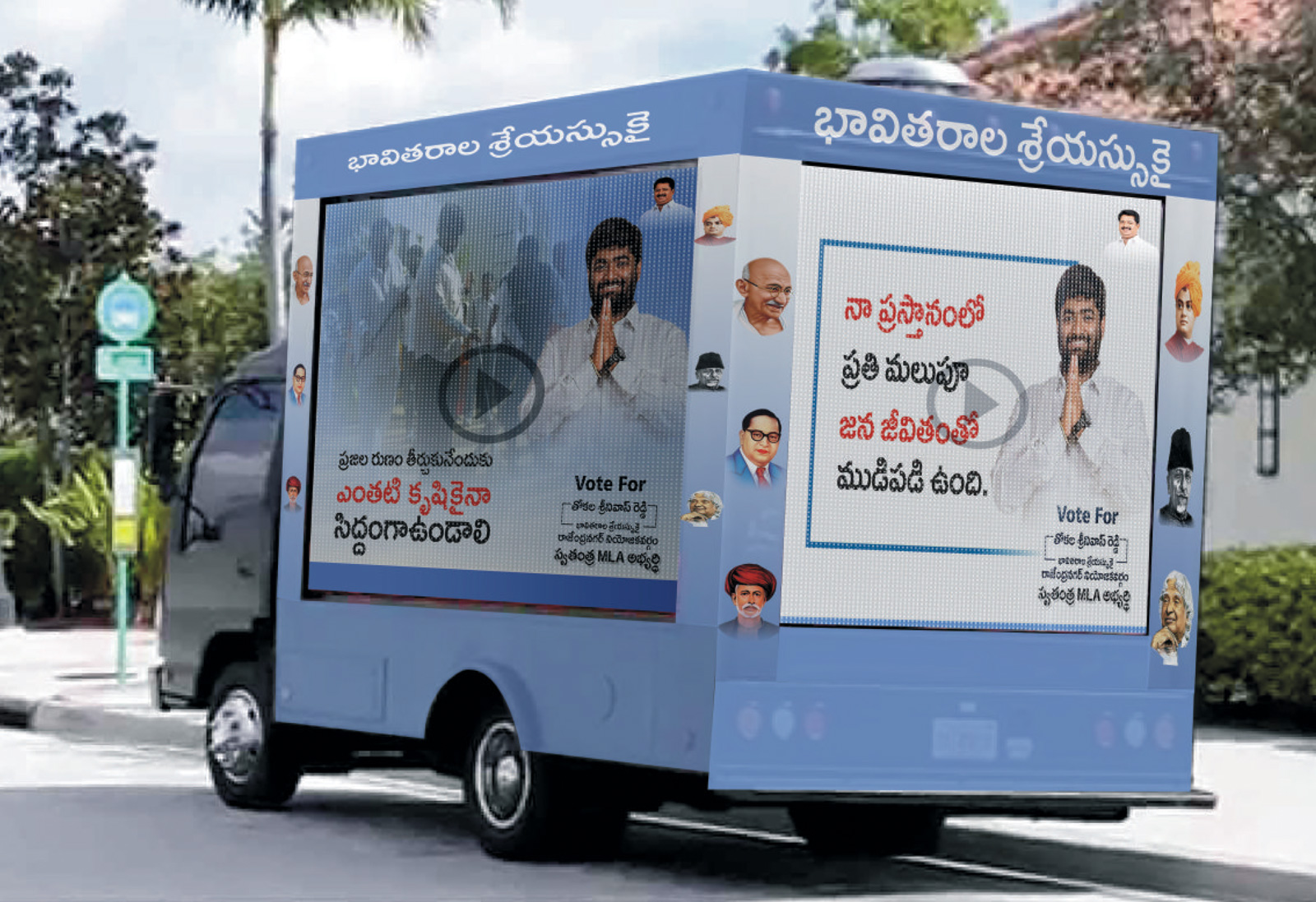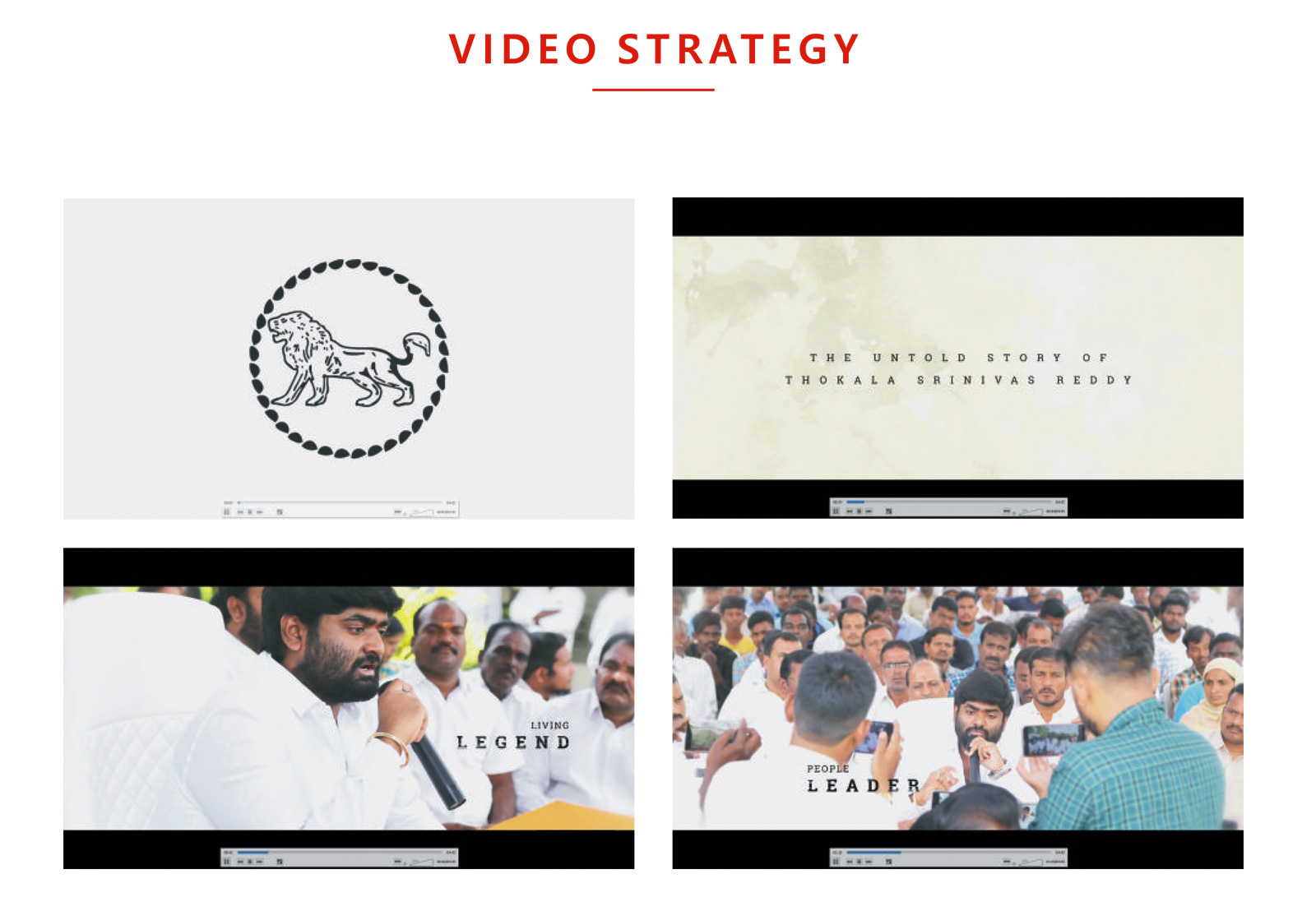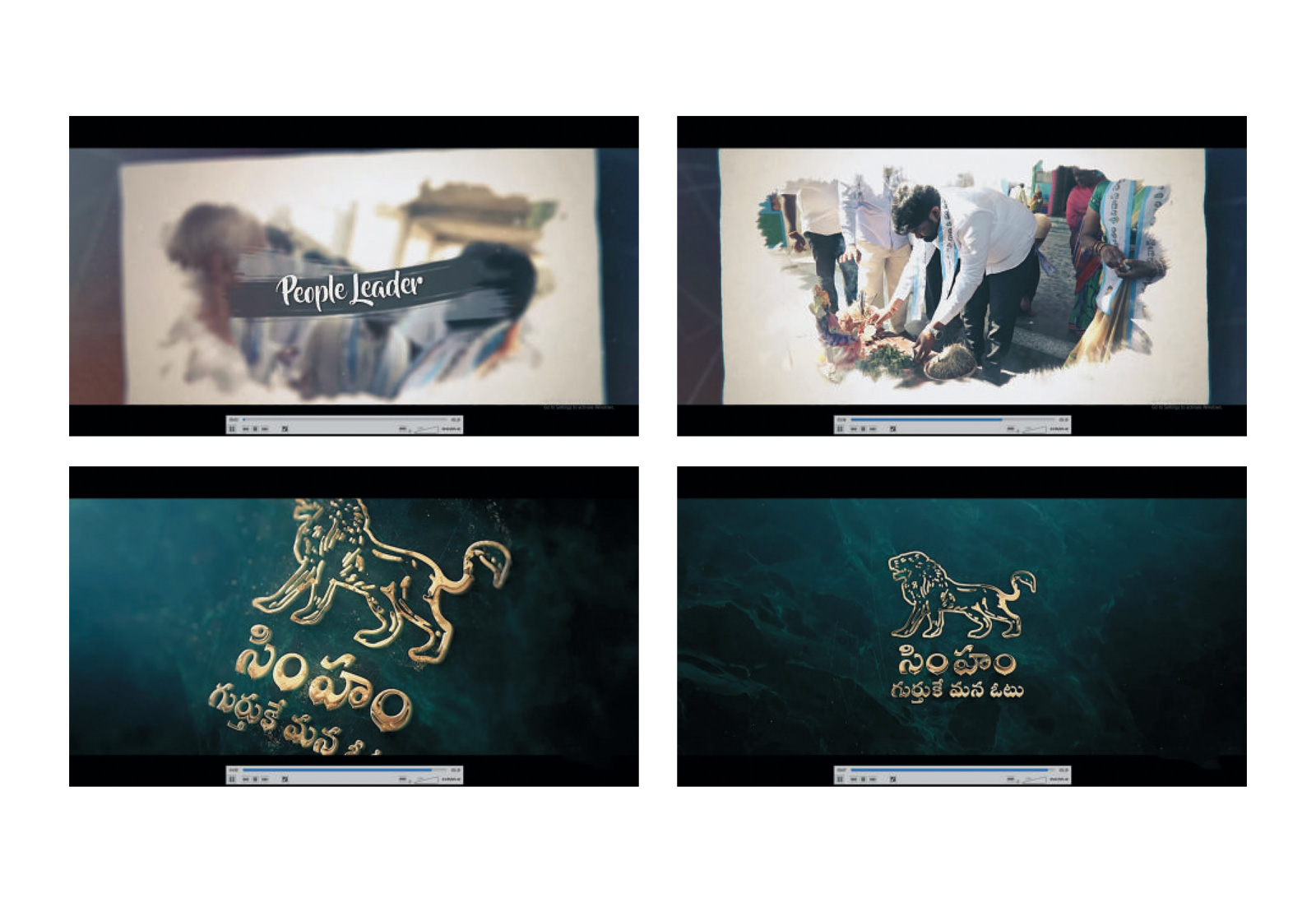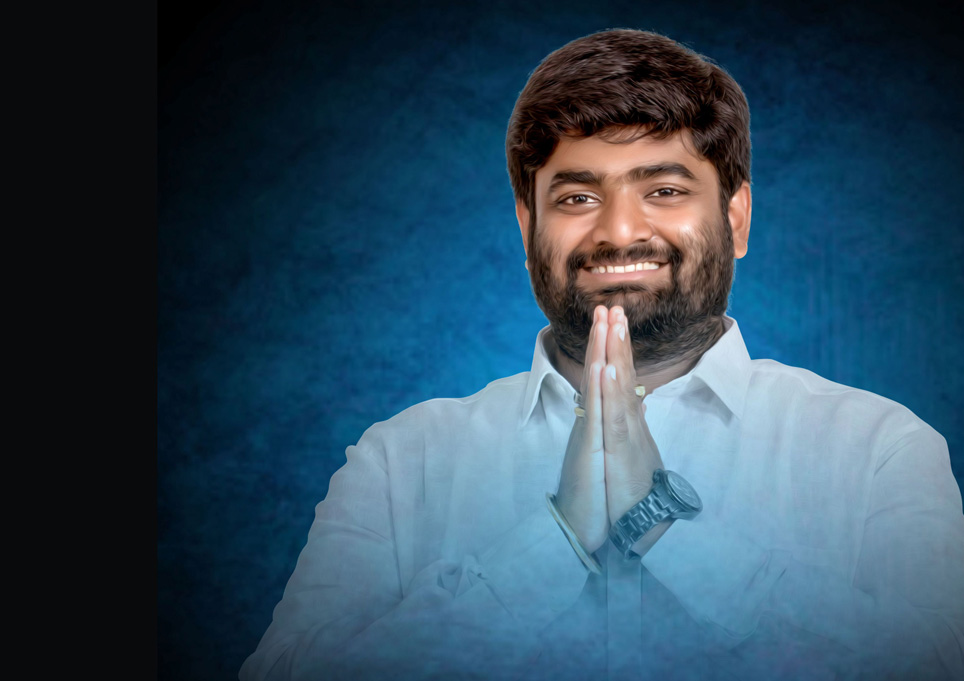

“Member of the
Legislative Assembly”
Mr. Tokala Srinivas Reddy
Summary
The Telangana Legislative Assembly election was held in Telangana on 7 December 2018 to constitute the second Legislative Assembly since the formation of the state in 2014. The incumbent Telangana Rashtra Samithi, the Indian National Congress, Telangana Jana Samithi, and Telugu Desam Party are considered to be the main contestants in the election. Four opposition parties in the state, the INC, the TJS, the TDP, and the CPI have announced the formation of a 'Mahakootami' (Grand Alliance), with an objective of defeating the ruling TRS in the elections.
Challenge
There are major parties in each and every state. Each and every one of them has their own story, achievements, and failures. People have the ultimate power to select their rulers. The parties at central and the parties at the state level may join hands together to gain power in a particular state and ultimately in the central level too.
Insights
In this season of extended election campaigning, with opinion polls pointing to a less-than-clear mandate for any one party, it’s fair to say that the political maneuvering skills of key players will be on the stern test — first, in forming a government, and later in ensuring its stability. The established political theory would suggest that parties that position themselves close to the center of the political stage — and steer clear of the fringes — stand the best chance of attracting allies and new adherents. There is something about centrism that political formations, particularly those that are not bound by ideological orthodoxy of one persuasion or another, ought to find comforting: It provides them the flexibility to be all things to all people, and to fashion opportunistic alliances based on post-election outcomes.



